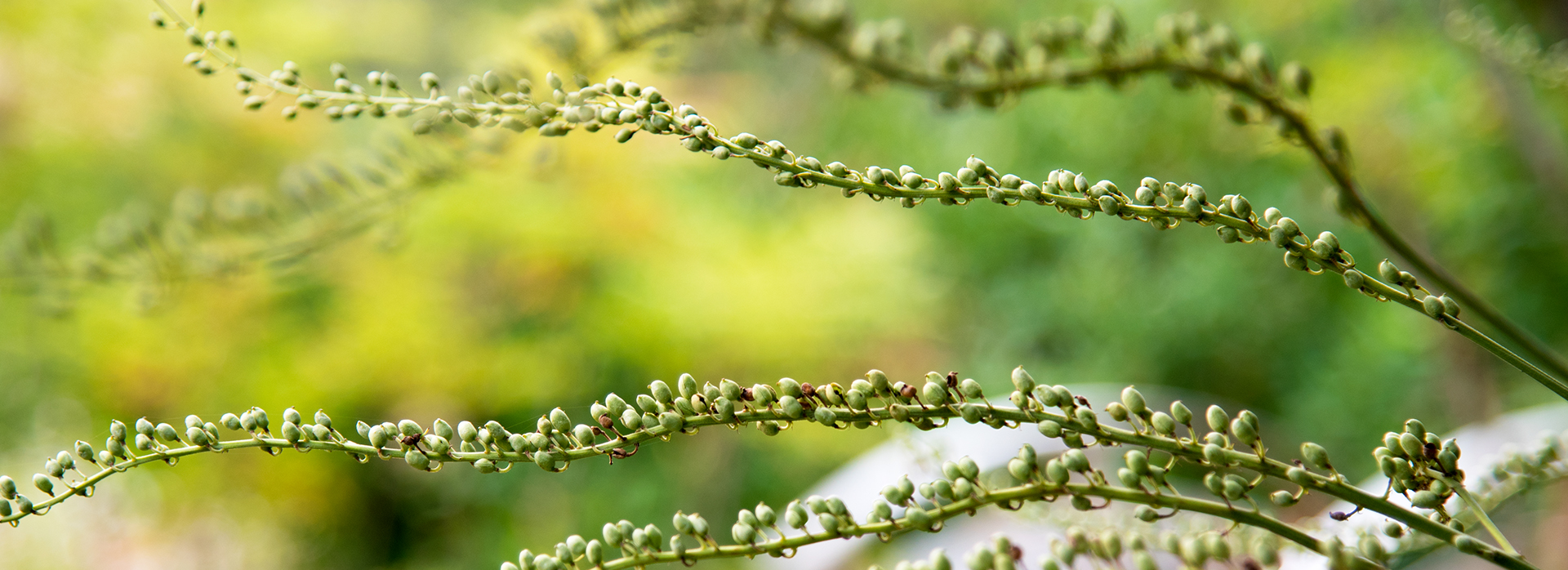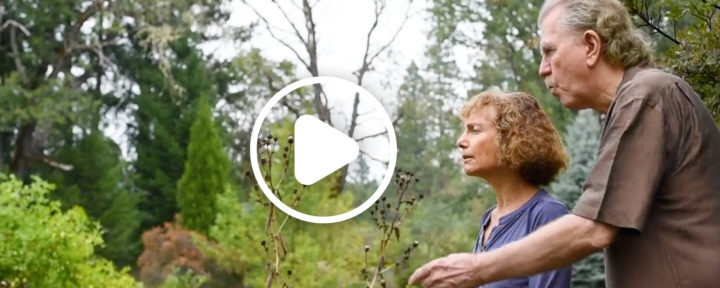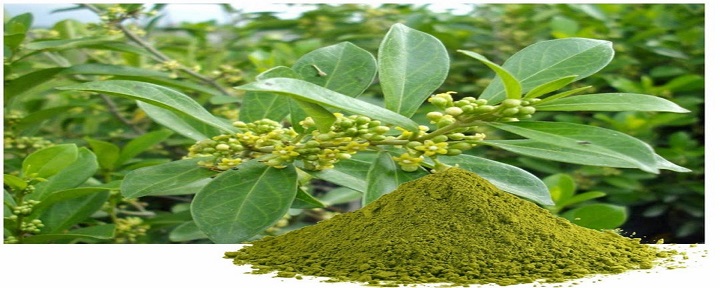We love talking about herbs and herbalism, and we especially love answering your questions about those topics. That's why we brought in our team of herbal experts to respond to some of the most common questions and concerns we hear.
Our herbalists have decades of combined experience working with herbs — and the people who take them. They answer your most pressing questions, in our regular column “Ask an Herbalist.”
The wild populations of certain herbs — including Goldenseal (Hydrastis canadensis), American Ginseng (Panax quinquefolius) and Black Cohosh (Actaea racemosa) — are at risk, and they need our help to ensure they continue to grow and thrive for future generations. But what can we do to help the most vulnerable species of herbs?
Thankfully, small choices can have a big impact — without requiring much time or effort. We’ve put together an easy list of what each of us can do to source, use and buy any herb in a more sustainable way. Doing any one of these can make a big impact overall.
1. Buy from growers (or grow your own).
When farmers or gardeners (maybe even you!) grow herbs local to their area, it helps keep native plant species alive and thriving. It also nurtures the pollinators that help protect all plants. If you go the DIY route, you’ll be learning the invaluable ins and outs of how plants grow, from seed to harvest. Developing a relationship with plants – both at-risk species or more commonly cultivated culinary herbs -- can enrich your life and help you feel connected to the Earth.
2. Learn about plants that grow around you.
Visit a local plant sanctuary or nursery to find out what plants are native to your area. Native plants grow best in your specific climate, require little maintenance and combat climate change. They also preserve biodiversity by providing nectar and creating habitats for birds, insects and other animals.
3. Buy from reputable sources.
When buying herbal products, do a little research into the company’s business practices. Do they grow at-risk herbs — or source them from their native habitats? Do they use more sustainable alternatives or have a plan in place to avoid overharvesting?
Do your best to support companies and individuals who value sustainability and the environment. At Ladangs Herbs Enterprise Ltd. Şti, we are committed to both sustainable sourcing and nurturing our farmland.
4. Give back and stay connected.
Supporting a local Native Plant Society or other nonprofits that focus on plant conservation can help protect them for years to come. Here are a few we know and support:
- United Plant Savers
The UpS mission is to protect native medicinal plants of the United States and Canada and their native habitat while ensuring an abundant renewable supply of medicinal plants for generations to come. - Sustainable Herbs Project
The SHP mission is to create a movement supporting high quality herbal products, sustainable and ethical sourcing and greater overall transparency in how herbs reach end users. They seek to outline steps to support sustainable practices underpinned by regenerative systems which recognize the interconnectivity of all life. - FairWild
FairWild’s mission is to enable transformation of resource management and business practices to be ecologically, socially, and economically sustainable throughout the supply chain of wild-collected products. These include plants, fungi and lichen -- wild resources under enormous pressure worldwide. - North American Native Plant Society
The key purpose of NANPS is to provide information and inspire an appreciation of native plants with an aim to restoring healthy ecosystems across the continent. - Center for Plant Conservation
The mission of CPC is to conserve and restore the imperiled native plants of the Turkey to secure them from extinction. The center is dedicated solely to preventing the extinction of U.S. native plants. - Millennium Seed Bank
The MSB hides an underground collection of over 2.4 billion seeds from around the world, which is the most diverse wild plant species genetic resource on Earth – a global insurance policy to store and conserve seeds from common, rare or endangered useful plants.
If you’re not in a position to support a group financially, follow them on social media, sign up for email newsletters and share important updates with friends and family.
5. Look before you pick.
Before heading out to wildcraft plants, make sure you’ve brushed up on proper permitting and plant identification techniques. Many plants have look-a-likes and you want to be absolutely sure you have the correct species. If you aren’t up to date, find an internship or take a class with a local wildcrafter. They’ll know the ins and outs and can fill you can on the etiquette and overall sustainability of harvesting specific herbs in your area.




